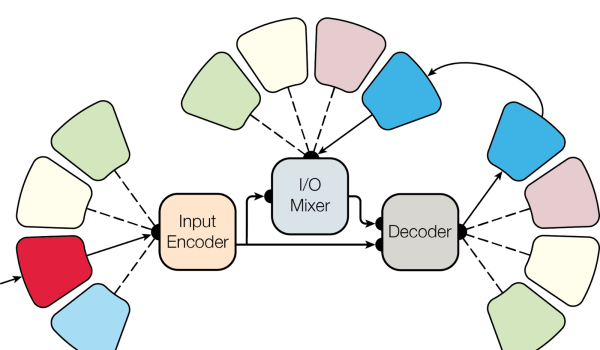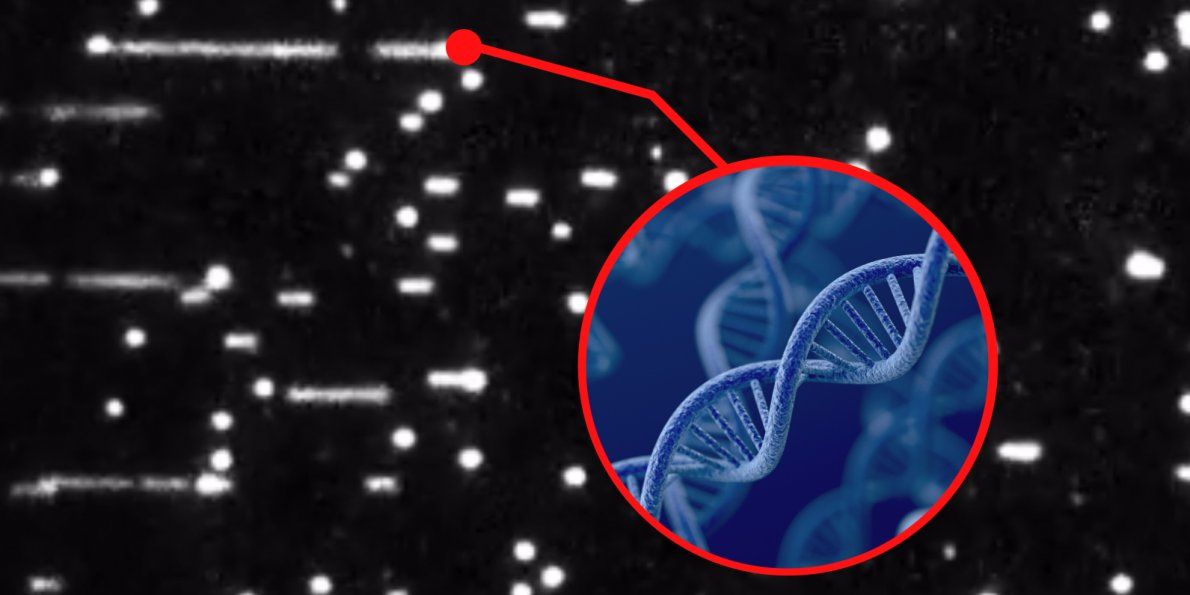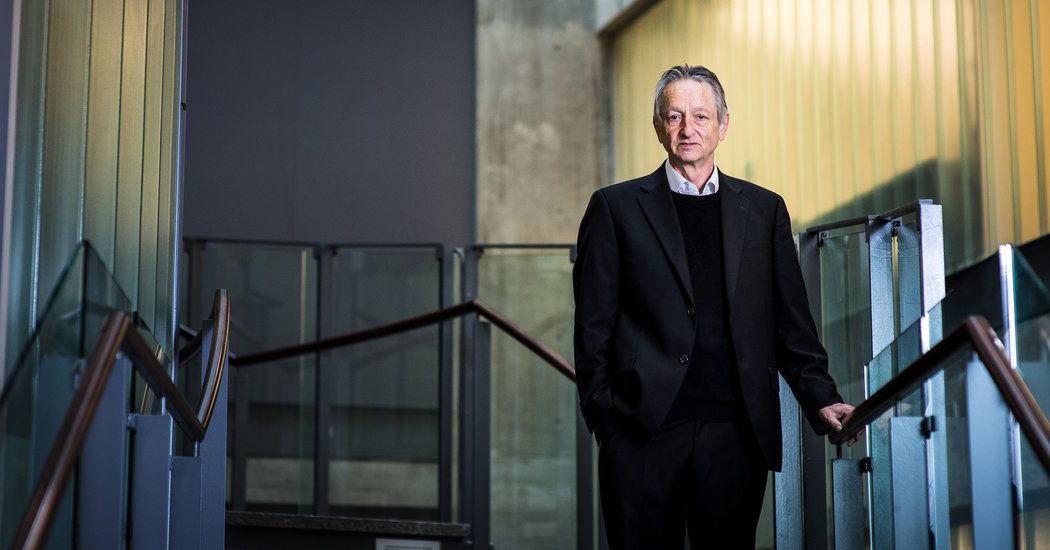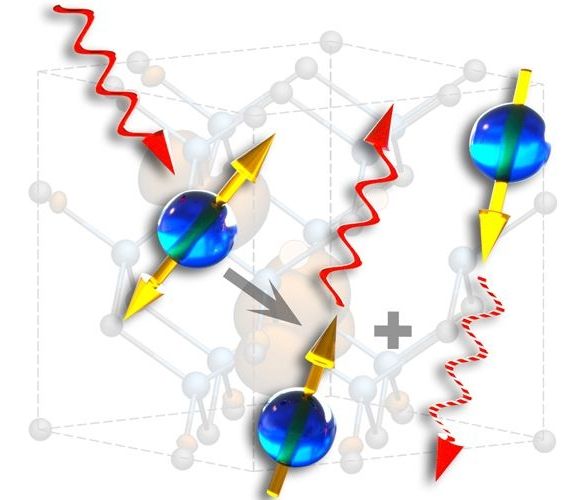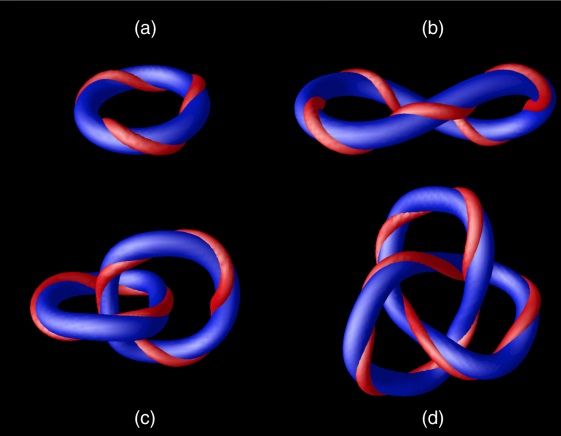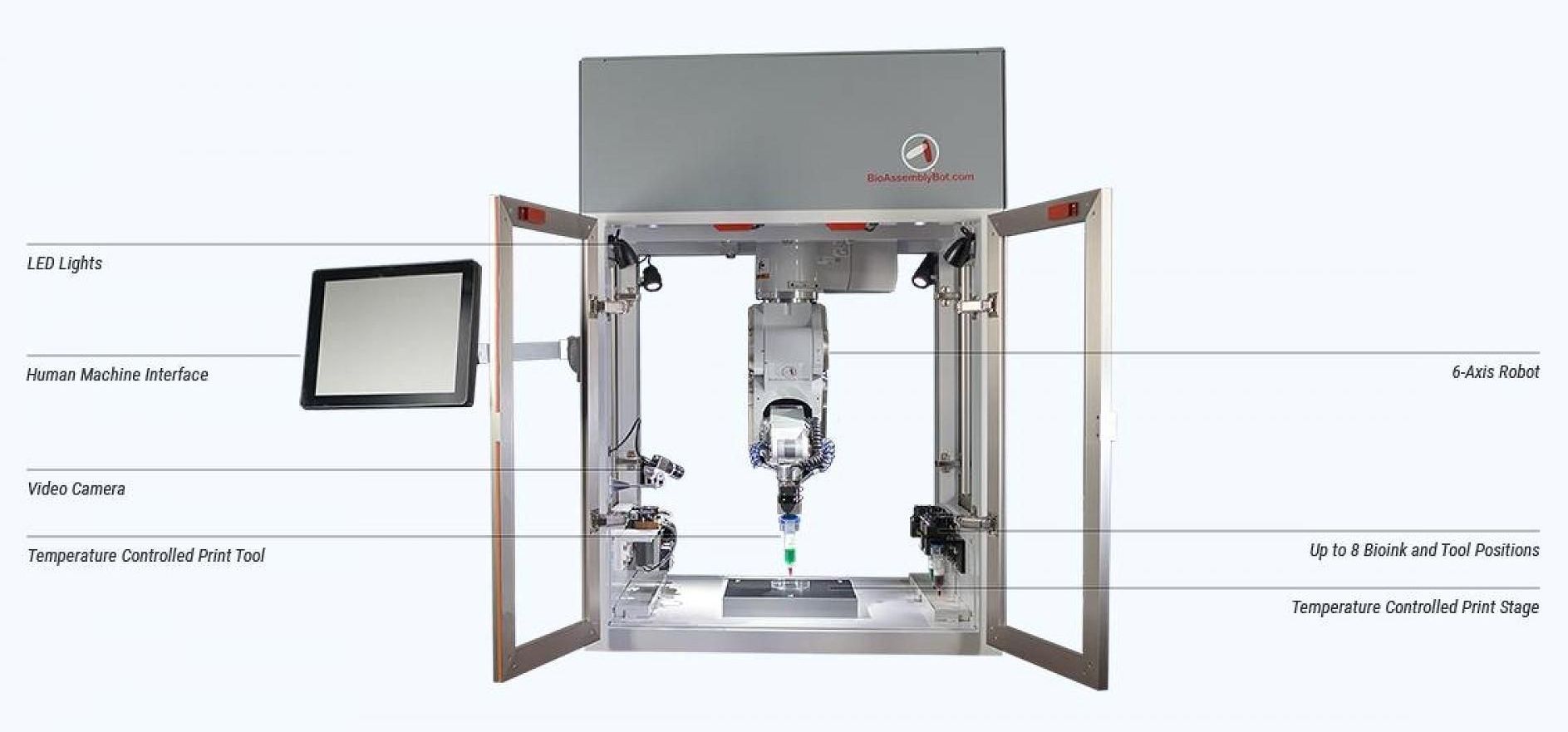Page 10037
Jun 24, 2017
First ever close-up footage of DNA replication will have experts rewriting textbooks
Posted by Klaus Baldauf in category: biotech/medical
Jun 24, 2017
About Michael Kramer
Posted by Montie Adkins in categories: biotech/medical, life extension
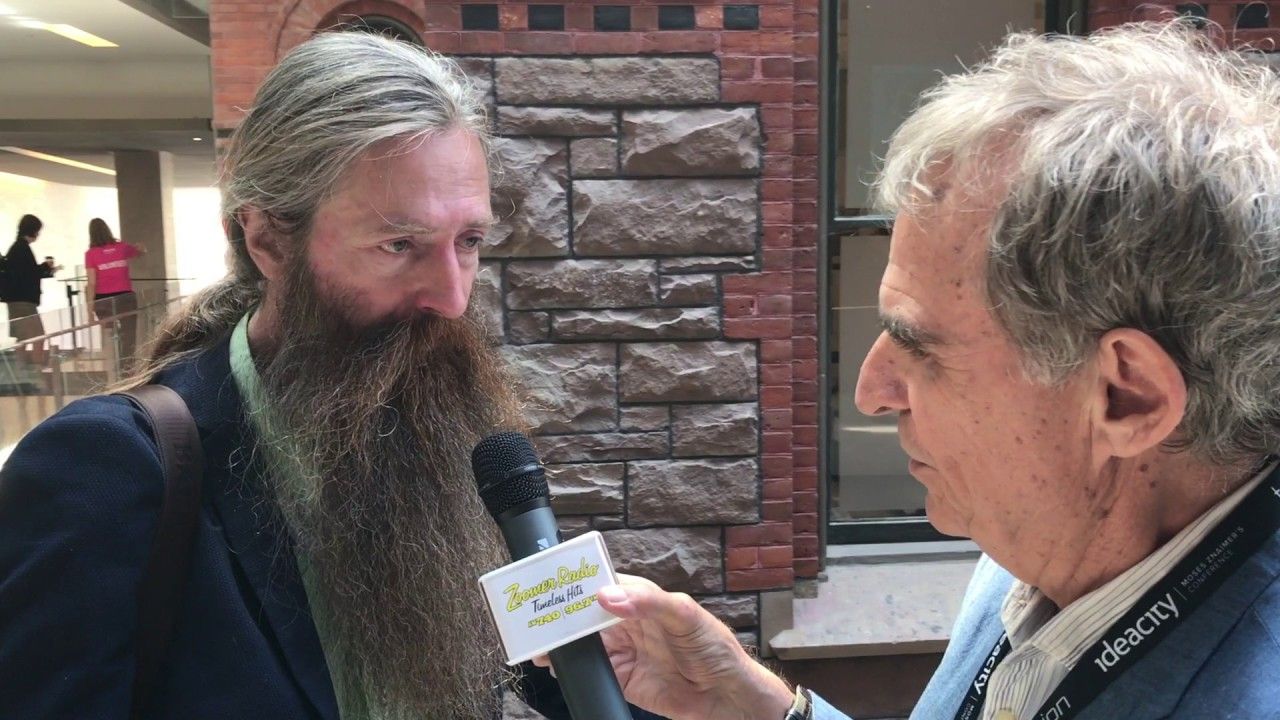
Can we live to 1,000? It was outrageous when he said it at ideacity in 2008… and again in 2015. Now he’s back to update us on the incredible progress that has been made toward life extension.
Michael Kramer of Zoomer Radio talks with Aubrey de Grey at ideacity 2017. Aubrey de Grey is an English author and biomedical gerontologist, currently the Chief Science Officer of the SENS Research Foundation. Find out more about ideacity at http://www.ideacity.ca/ideacity-2017/
Jun 24, 2017
The Man Who Helped Turn Toronto Into a High-Tech Hotbed
Posted by Derick Lee in categories: innovation, robotics/AI
Geoffrey Hinton, a scientist at the heart of artificial intelligence’s recent breakthroughs, has helped make Toronto a leading research location.
Jun 24, 2017
Private Enterprise Is Making Sci-Fi Technology A Reality
Posted by Klaus Baldauf in category: space travel
Private enterprises are working to convert sci-fi concepts, such as affordable fusion power and commercial space travel, into 21st century realities. And they’re bringing in the funding to make it happen.
Jun 23, 2017
SpaceX successfully launches and lands used rocket
Posted by Dan Kummer in category: space travel
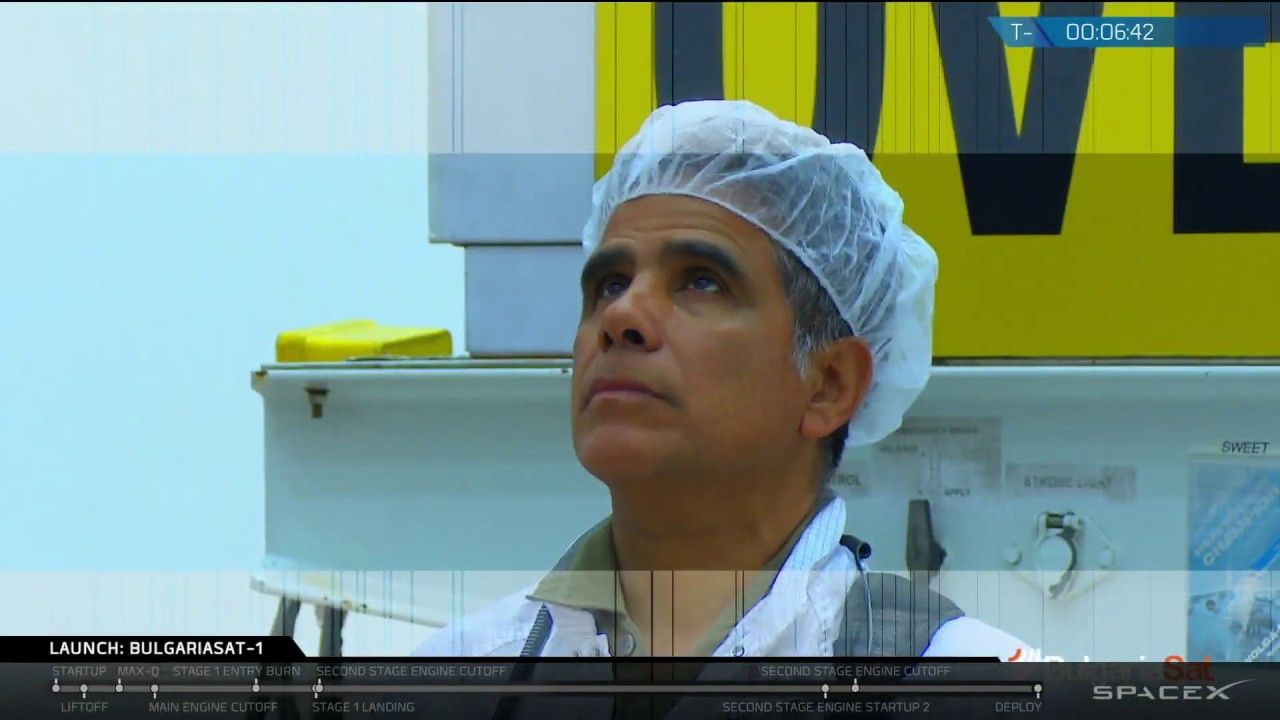
SpaceX successfully launched a used rocket from NASA’s Kennedy Space Center in Cape Canaveral, Florida, on Friday afternoon. It landed safely minutes later.
Jun 23, 2017
Atomic imperfections move quantum communication network closer to reality
Posted by Saúl Morales Rodriguéz in categories: engineering, quantum physics
An international team led by the University of Chicago’s Institute for Molecular Engineering has discovered how to manipulate a weird quantum interface between light and matter in silicon carbide along wavelengths used in telecommunications.
The work advances the possibility of applying quantum mechanical principles to existing optical fiber networks for secure communications and geographically distributed quantum computation. Prof. David Awschalom and his 13 co-authors announced their discovery in the June 23 issue of Physical Review X.
“Silicon carbide is currently used to build a wide variety of classical electronic devices today,” said Awschalom, the Liew Family Professor in Molecular Engineering at UChicago and a senior scientist at Argonne National Laboratory. “All of the processing protocols are in place to fabricate small quantum devices out of this material. These results offer a pathway for bringing quantum physics into the technological world.”
Continue reading “Atomic imperfections move quantum communication network closer to reality” »
Jun 23, 2017
Magnetic nanoknots evoke Lord Kelvin’s vortex theory of atoms
Posted by Saúl Morales Rodriguéz in categories: biotech/medical, computing, mathematics, nanotechnology
(Phys.org)—In the late 1800s when scientists were still trying to figure out what exactly atoms are, one of the leading theories, proposed by Lord Kelvin, was that atoms are knots of swirling vortices in the aether. Although this idea turned out to be completely wrong, it ushered in modern knot theory, which today is used in various areas of science such as fluid dynamics, the structure of DNA, and the concept of chirality.
Now in a new paper published in Physical Review Letters, mathematical physicist Paul Sutcliffe at Durham University in the UK has theoretically shown that nanoparticles called magnetic skyrmions can be tied into various types of knots with different magnetic properties. He explains that, in a sense, these nanoknots represent a “nanoscale resurrection of Kelvin’s dream of knotted fields.”
Skyrmions are the name of a general class of particles that are made by twisting a field. When this field is a magnetic field, the skyrmions are called magnetic skyrmions. Magnetic skyrmions have attracted a lot of attention recently due to their potential applications in spintronics, where electron spins (which are related to the electron’s magnetic properties) are exploited in the design of transistors, storage media, and related devices.
Continue reading “Magnetic nanoknots evoke Lord Kelvin’s vortex theory of atoms” »
Jun 23, 2017
This robot is learning how to print a human organ
Posted by Shailesh Prasad in categories: 3D printing, biotech/medical, robotics/AI
Kentucky-based software company Advanced Solutions has developed what it calls the world’s first 3D human tissue printer that operates on a six axis robot.
Called the BioAssemblyBot, the machine is the second generation of 3D printers focused on producing biomedical materials intended to revolutionizing healthcare.
The goal is to 3D print human organs, Advanced Solutions president and CEO Michael Golway told CNBC on Friday.
Continue reading “This robot is learning how to print a human organ” »
Jun 23, 2017
Goodbye Dental Implants, Grow Your Own Teeth In Just 9 Weeks
Posted by Shailesh Prasad in categories: biotech/medical, futurism

https://youtube.com/watch?v=OCkywYanYGk
Everyone knows that there are dental implants that were invented to benefit our lives in many ways, they are extremely useful and a great solution to fill the gap. But, trust me, once you read this you will be amazed.
A group of experts in the dental field has made some amazing discoveries and there has been a really incredible development in the technology of dental implants that goes far beyond the classic implant or denture. They say that these discoveries will give us the chance to grow new and genuine teeth in the oral cavity.
Continue reading “Goodbye Dental Implants, Grow Your Own Teeth In Just 9 Weeks” »
